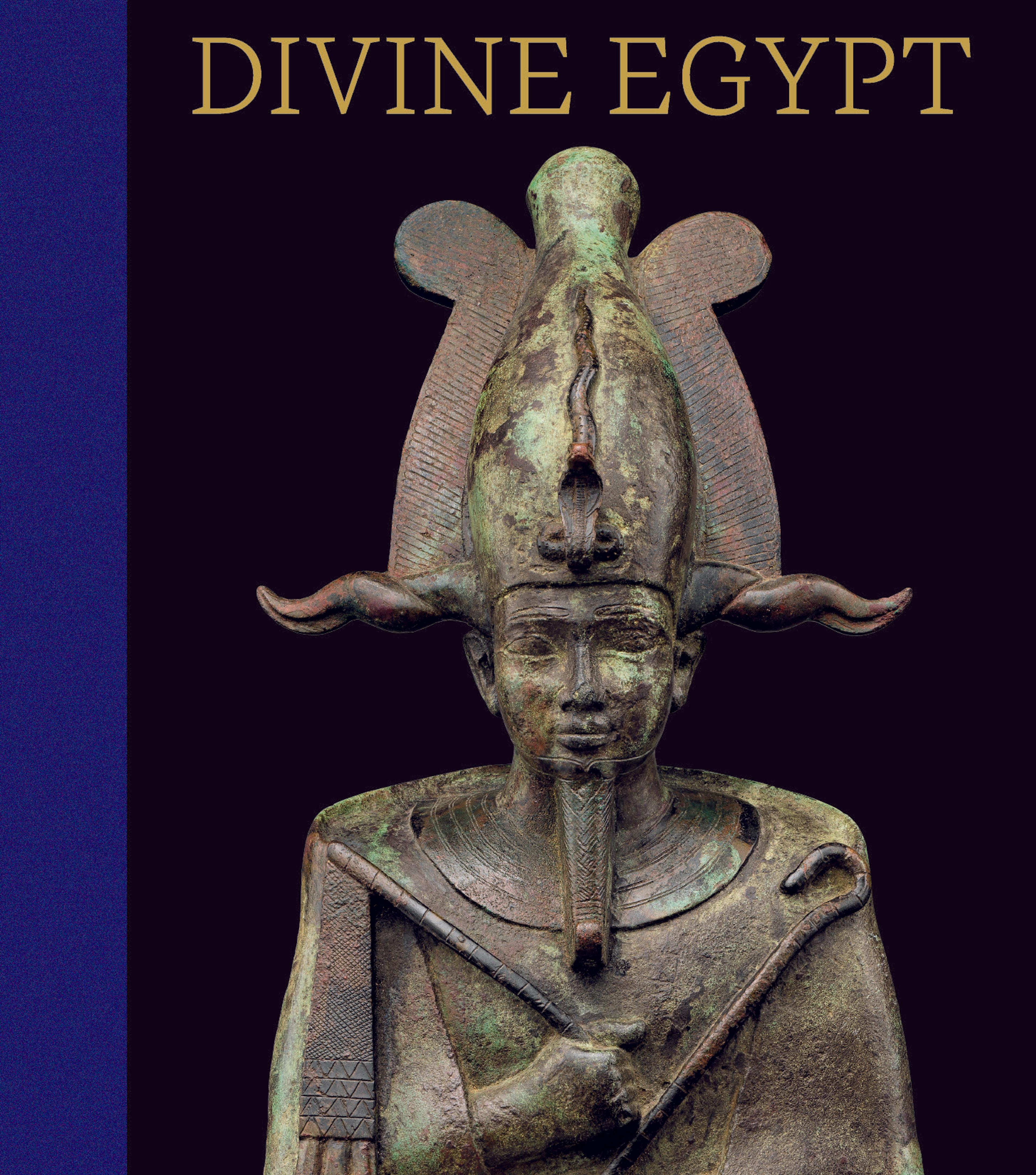Cornice Block with Relief Depicting the Purification of the Pharaoh
This block originally formed part of a screen wall that connected the four front columns and the sidewalls of the temple of Harendotes ("Horus the Avenger") on the island of Philae. The relief represents a purification ritual in which the gods Horus (not preserved) and the ibis-headed Thoth poured water—here represented by streams of ankh (life) and was (dominion) hieroglyphs—over the head of the king. The pharaoh whose head is partially preserved is a Claudian emperor, most probably either Claudius or Nero.
Artwork Details
- Title: Cornice Block with Relief Depicting the Purification of the Pharaoh
- Period: Roman Period
- Reign: probably reign of Cludius or Nero
- Date: 41–68 CE
- Geography: From Egypt, 1st Cataract, Philae, Temple of Harendotes
- Medium: Sandstone
- Dimensions: H. 44.5 × W. 61 × D. 53.3 cm, 239 kg (17 1/2 × 24 × 21 in., 527 lb.)
- Credit Line: Rogers Fund, 1911
- Object Number: 11.154.3
- Curatorial Department: Egyptian Art
Audio
3533. Cornice Block with Relief Showing the Baptism of Pharaoh
0:00
0:00
We're sorry, the transcript for this audio track is not available at this time. Please email info@metmuseum.org to request a transcript for this track.
More Artwork
Research Resources
The Met provides unparalleled resources for research and welcomes an international community of students and scholars. The Met's Open Access API is where creators and researchers can connect to the The Met collection. Open Access data and public domain images are available for unrestricted commercial and noncommercial use without permission or fee.
To request images under copyright and other restrictions, please use this Image Request form.
Feedback
We continue to research and examine historical and cultural context for objects in The Met collection. If you have comments or questions about this object record, please complete and submit this form. The Museum looks forward to receiving your comments.
